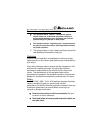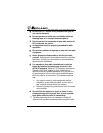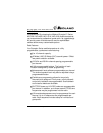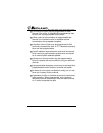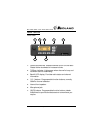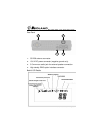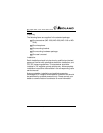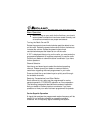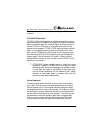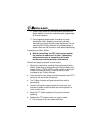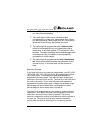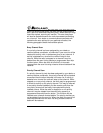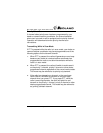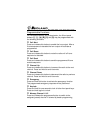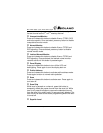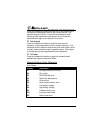
MO-1008 / 4008 / 1016 / 4016 User’s Guide
© 2004, Midland Radio Corporation 13
threshold level will be indicated by a steady green Tx/Busy
indicator.
CTCSS/DCS Operation
CTCSS or DCS signaling adds an additional condition to carrier
squelch operation. In addition to the signal having to exceed the
squelch threshold level, the received signal must also have the
correct CTCSS or DCS tone or code before the audio will be
passed to the speaker. CTCSS or DCS signaling allows multiple
users on the same frequency to hear only signals which have
their correct CTCSS tone or DCS code. An on frequency signal
with the correct CTCSS or DCS signaling will be indicated by a
steady green Tx/Busy indicator. An amber Tx/Busy indicator
means that the channel is busy, but the correct CTCSS or DCS
signaling is not present.
CTCSS/DCS allows multiple users to share the same
frequency. However CTCSS/DCS is only useful to avoid
disturbing other users with messages not related to them.
If more than one radio is transmitting at the same time,
this will cause interference. Do not transmit if the Tx/Busy
indicator is illuminated green or amber. Wait until the
channel is clear before transmitting.
2-tone Operation
2-tone signaling allows individual or group calls to be made to
your radio. The radio may have been programmed to mute all
receive signals until a 2-tone signal has been decoded. When
the programmed 2-tone signal is decoded, the Tx/Busy indicator
will blink green, a beep sequence may sound, and subsequent
receive audio will be heard over the speaker. The radio may be
programmed to mute the speaker again after a programmed
time, or you may press and hold the programmed Call Reset
function button to mute the radio until it receives a new call.



